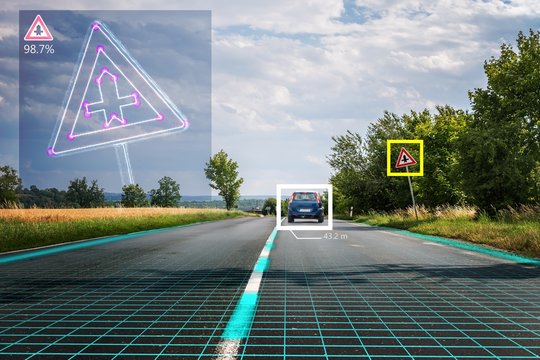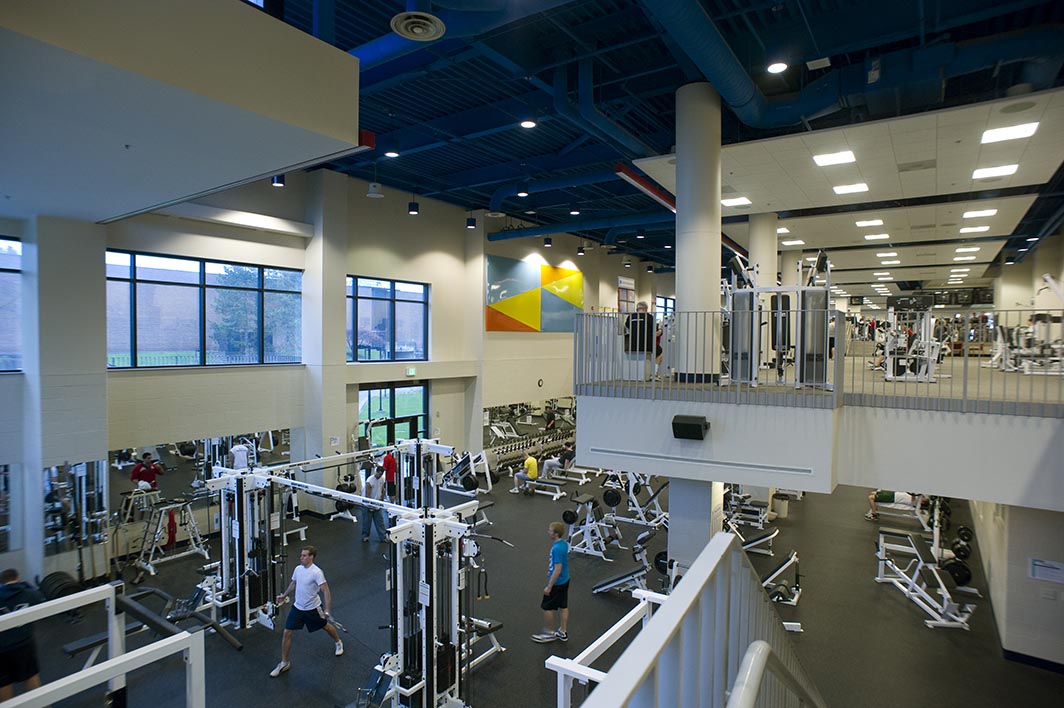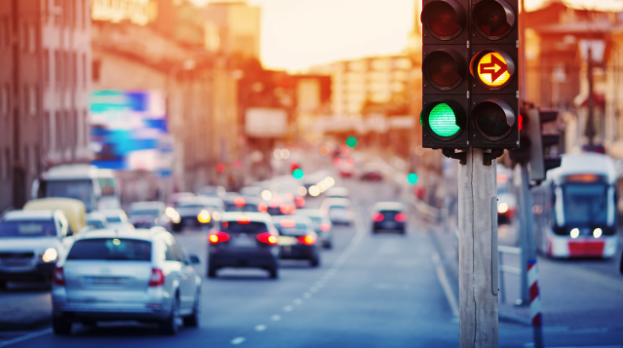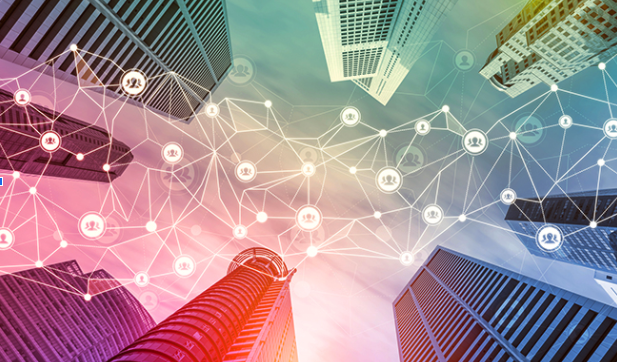Weeks ago, a boar was in the limelight for invading an MTR station and traveling across the harbor. The incident is a piece of rare, fun news as long as the boar is unoffending. Otherwise, if the boar is furious, injuries and chaos might be caused and turn the funny matter into tragedy. Being overcrowded, wild animals may occasionally intrude into the city by accident. It is not possible to pay attention restlessly to the actions of the wild animals around the border dividing the city and the suburb because of the limitation of human resources. Then how about technology? How can we make great use of the advancing technologies to track down the wild animals before they intrude into the city, and prevent similar incidents from happening again?
Ever since the government published the “Hong Kong Smart City BluePrint”, the concept of Smart City has started to be understood by the general public. However, whenever the term is mentioned, most of the citizens may come up with the topic of smart lampposts or face recognition systems, which leads to arguments about the concerns of the invasion of privacy and over-monitoring by the government. In this day and age. It is inevitable to adopt the use of smart city technology to maintain the competitiveness of our city. With all the concerns and constraints, engineers are trying their best to strike a balance between privacy protection and the application of computer vision and other smart city technologies.
What is Smart City and Computer Vision?
Why are they related to the privacies of the general public?
To start with, let’s have a deeper understanding of the concept of “Smart City”. Smart City refers to using Internet of Things (IoT) technology, sensors, and other smart devices to gather different daily data of the city. Artificial Intelligence (AI) will then be applied to analyze, learn and apply these data and assist the managers (such as tunnel officers, building attendants, etc.) to make better decisions and manage the city with better efficiency and organization.
Using lenses and closed-circuit television to record and analyze data is one of the examples mentioned in the smart city blueprint, and this measurement is related to computer vision. Computer vision refers to teaching computers and AIs to process, categorize, and label the recorded images, and then detect and mark down the required information from the processed images, such as counting object amounts, marking facilities on a map, measuring population density, and so on.

Human face recognition is the most discussed topic recently and there is no gainsaying that it is a kind of computer vision technology. Yet, apart from recognizing human faces, computer vision could be used to detect other objects, such as public facilities, objects, accidents, and more. Applying computer vision technologies in the right places, the city, and the neighborhoods will be able to develop more securely and efficiently.
Examples of Computer Vision
Apart from common examples like the observation of road traffic or pedestrian density, computer vision technology is actually widely adopted in our daily lives.
Generating Data for Public Facilities
Computer vision may help the government to collect the data of public facilities. Take those on the pavements as an example. When the government wants to calculate the number of traffic lights or fire hoses and markdown their locations on the map for future use, related departments may take pictures on roads and streets with street view cars. However, if computer vision was not applied, these pictures are nothing but different pixel values. Extra human resources are required to sightsee and mark down the actual situation or data, the costs will increase and it would be more time-consuming. Once computer vision is applied, the artificial intelligence installed will automatically analyze the images, as well as locating different public facilities automatically, so as to assist the relevant departments to acquire demanded information more efficiently.
Fall Detection

As the name suggests, computer vision can be used to detect if pedestrians need any help. Fall detection can be applied in districts, estates, or buildings that are guarded by security. Use the clubhouses of some private properties as an example. The clubhouses are very large and separated by different floors. Although there are CCTVs monitoring everywhere, it is hard for the security guards to observe all the screens at once with only their eyes. They might not be able to react and provide assistance immediately. Computer Vision would be the remedy for this problem. Via real-time image analysis, the security guard will be alerted of the location when accidents happen, so they will be able to handle the accident promptly, to prevent the situation from getting worse.
Smart Mobility
How “smart” can traveling be? In fact, computer vision has also been applied to public transport. Sensors and lenses are installed around taxi stations or bus stops, to keep track of the queue length, the computer will then estimate the waiting time based on the historical data. The individuals may check out the real-time traffic information and make better plans for their journeys. The computer may even determine whether the waiting time is too long, and recommend travelers with alternative transportation options. Not only can the travelers save time for their journeys, but the stations will also be less overflowing, efficiencies of both sides are also enhanced.
Lenses and CCTVs are applied to the above examples to detect the movements of humans, so as to collect required data for different uses. It is rational for the general public to worry about privacy issues. Yet, the advanced technology has a great improvement in privacy protection. If human faces are captured by the lenses, they will be blurred by the AI automatically before the screenshots are analyzed. After the analysis process, only the data will be kept, the pictures will be deleted to ensure the privacy of involved pedestrians is protected.
Other common computer vision includes:

Traffic Observation
The Hong Kong Transport Department installed cameras beside the pavements and monitored the real-time traffic situations, such as recording vehicle flow amounts, car accidents, or traffic jams. The cameras focus on recording the profiles of vehicles and the overall usage of the roads, to calculate the related data. With this data, HKTD will be able to generate different information and deliver it to the road users via applications, websites, or radios, for them to plan a better route.
Fire Detection
Smoke detectors are installed on the ceilings to detect fire incidents, but when the alarms are triggered, there is already an accident. Smoke detectors cannot detect fire outdoors, nor can they prevent fire accidents, so how do we solve the problem with computer vision? Using CCTVs and infrared sensors, the recording focus of the lenses is the fire black spot and temperature of the environment. Smokes, flames, or abnormally high-temperature objects will be recognized by the computer, and the security guard will be alerted afterward. Hence, the security guards will be able to react immediately and contact the fire department to prevent fire accidents, so as to ensure the safety of the residents and assets.
Last but not least, let’s look back to the boar incident. If we are able to apply computer vision to track down the trace of the wild animals and send them back to the suburbs, it is believed that the chances for similar cases to occur will be lowered. Also, as mentioned, apart from improving the operational effectiveness of the city, computer vision may even ensure the safety of the general public.
Follow us on Social Media!
